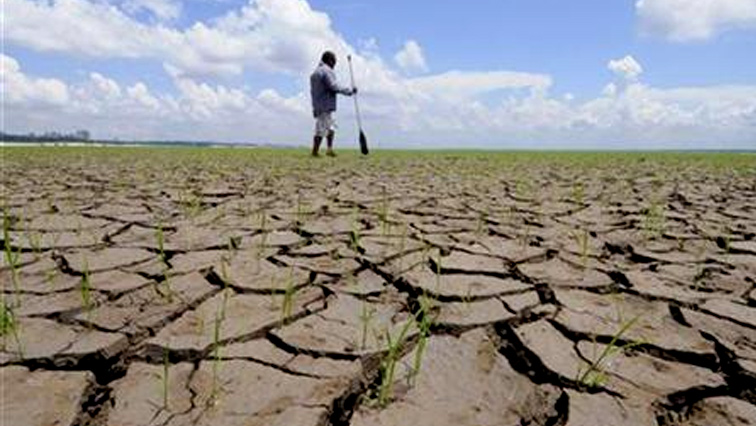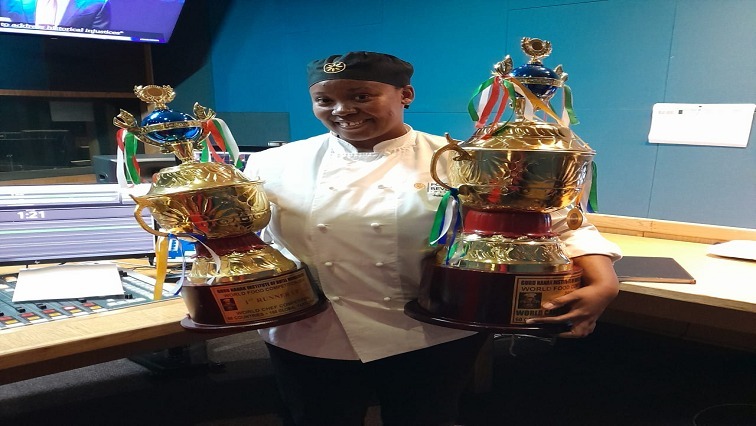When I saw, at the end of a match between the teams AS FAR (Rabat-based football club) and Assa Zag (a province located in the South of Morocco) boys run up to the female players to ask for their autographs, I realised that womens football had gained in popularity and is no longer marginalised, recalls Leila El Yousfi, coordinator of Moroccos sports-study programme.
In fact, a tangible social revolution has been taking place in the country in line with the emergence of the Atlas Lionesses, the Moroccan national female football team, which has succeeded in making a name for itself on the international scene.
Rise and fall of Kenyas womens football under Nick Mwendwa Women referees who blew the equality whistle at Afcon 2023The teams remarkable journey in tournaments such as the Womens Africa Cup of Nations in 2022 and the 2023 Womens World Cup in Australia has earned international respect for the players, and inspired interest in womens football among Moroccans.
Their success is by no means down to chance. In recent years, the Kingdom of Morocco has actually made the bold decision to massively invest in womens football.
Its annual budget has increased tenfold, reaching over 650 million dirhams (around $65 million). Development programmes have been set up to encourage girls to get involved in the sport, and sports-study pathways have been opened, creating the foundation for womens football to form a solid structure.
Although football in Morocco has been practised by women since 2008 as an amateur sport, perhaps the true founding year of its professional iteration is 2014, with the appointment of Fouzi Lekja as president of the Royal Moroccan Football Federation.
When the federation took up the task of developing womens football, the latter was categorised under the diversified football commission, alongside futsal and beach soccer.
I suggested to the president of the federation that we set up a commission dedicated to womens football, and he agreed, recounts Nasser Larguet, the former technical director of the Moroccan national team and one of the architects of the womens football reform.
It was decided that we organise womens football in the same way as mens. We, therefore, set up an Under-17 championship in 2016 and launched in 2017, with the precious support of Leila El Yousfi, the first sports-study programme for womens football.
The sports-study programme for female football players started in the cities of Rabat and Saidia, and later expanded to regional football centres across the kingdom.
According to Ghizlane Chebbak, midfielder at AS FAR and in the Moroccan national team, the establishment of such programmes has really encouraged women to develop their talent.
Weve also enabled women to access high-level coaching training alongside men, says Nasser Larguet.
Numerous female players have then become coaches, following in the footsteps of former international Moroccan player Lamia Boumahdi, who has been coaching the TP Mazembe team in the Democratic Republic of the Congo since March 2023 and has won with them the national championship.
Since August 2020, womens professional football has gained further importance in the country. A Plan for the Development of Womens Football in Morocco 202024 was crafted and put in action with the aim of encouraging more women to pick football as a career and thrive in it.
To do so, womens football as a profession has been reorganised, and funds were allocated to help it grow. For instance, the Royal Moroccan Football Federation takes on club expenses such as providing jerseys, balls and transport vehicles.
It also covers the salaries of the D1 and D2 players, who are respectively paid 3,500 and 2,500 dirhams per month (around $350 and $250). The target is to reach 90,000 female participants in the game and 10,000 female and male technicians this year.
According to sports-study coordinator Leila El Yousfi, the strategy is paying off.
The success of womens football hinges on effective sports policy, on training and on financial aid. This encourages families to let their girls play. There are no more psychological barriers as all the conditions have been met to enable Moroccan girls to pursue a professional career in football.
Football player Ghizlane Chebbak agrees. The results that weve had have considerably changed mentalities in Morocco. Today, families are searching for clubs that their girls could play for and become part of the national team.
The success of the Atlas Lionesses has had a significant








